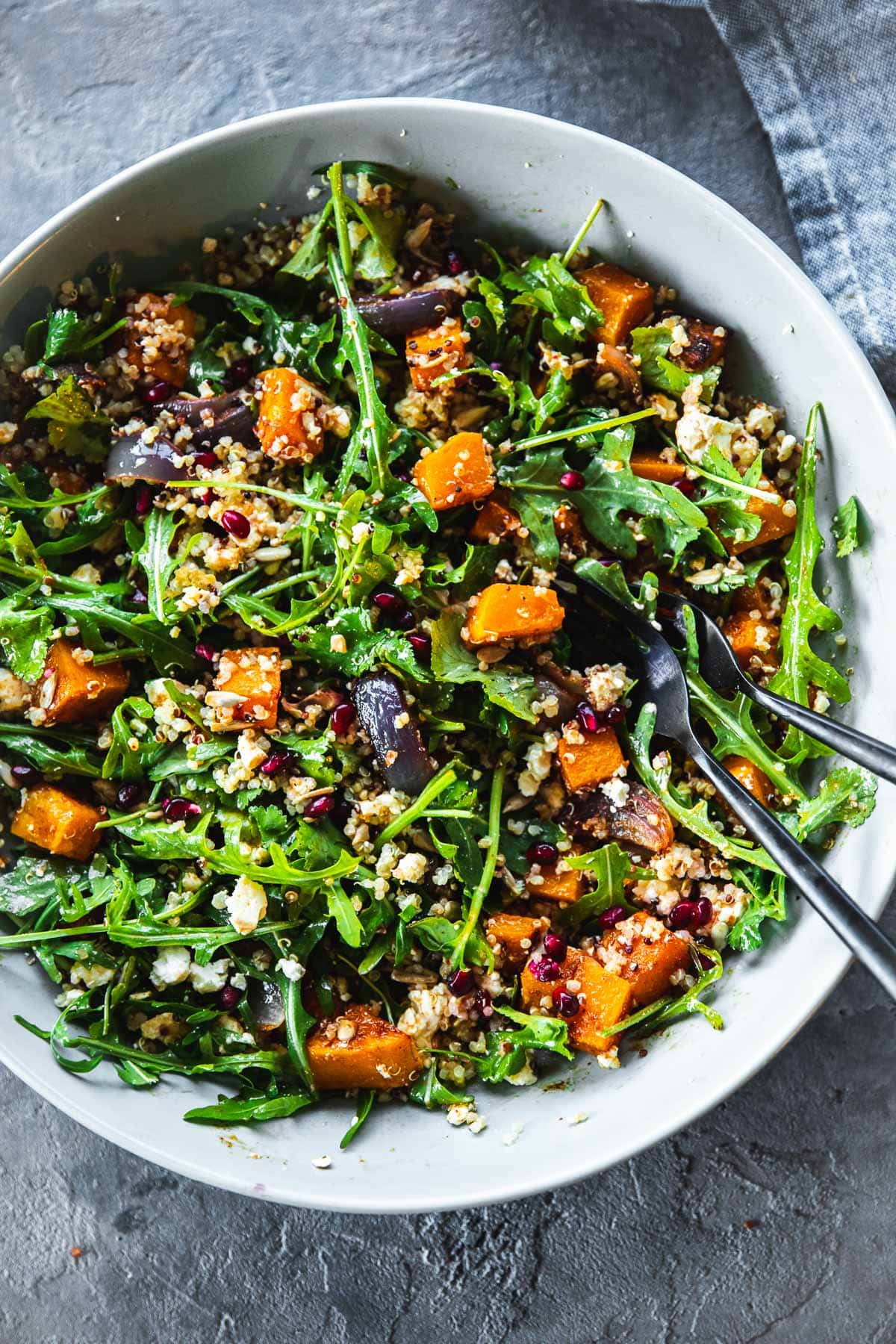Nigerian Beef Stew Recipe


Why It Works
- A base of tomatoes, onions, and sweet and hot peppers is incredibly flexible and able to create a wide variety of stews.
- Cooking down the aromatic base smooths out the raw vegetal edge, setting the stage for the seasonings to shine.
When you talk about “stew” in Nigeria, you’re not referring to a general recipe category but instead a specific group of pepper-and-tomato–based dishes made with meat, seafood, or poultry. Stew is a mainstay of many Nigerian meals, served at any time of day from breakfast to dinner. It is also umami personified, with a balance of sweet, slightly salty, savory, and fresh flavors, layered with the unique character of the meat itself.
Stew exists on a spectrum with variations in thickness and consistency, as well as differing ratios of tomatoes to peppers, although the results are generally red in appearance. Growing up in Nigeria, I noticed two main types: a thicker stew built on a nicely fried aromatic base for rice, beans, and/or bread, and a lighter, soup-like consistency popular when served with swallows like eba.
Serious Eats / Maureen Celestine
Across Nigeria, stew can go by many more specific names, which correlate with each rendition’s specific consistency, ingredients, and regional origin. For instance, in Yoruba, the language of the southwest, a very liquid, smooth stew is called omi obe (the literal translation is “stew water”) versus a thicker, at times chunkier obe ata (“pepper” stew,) and ata dindin (“fried” pepper stew). Please note that in these instances, pepper doesn’t indicate an intense heat level, but rather is meant to describe one of the primary stew base ingredients.
Depending on the style of stew and one’s predilection, it can be paired with soft, white bread for dipping; spooned over or alongside rice, beans, cooked roots, tubers, or vegetables; served together with other stews—gbegiri (creamy beans), ewedu (green jute leaves), or plain steamed okro (the Nigerian name for okra), with eba alongside; and stirred into other dishes from egg sauce to Jollof rice and Jollof pasta.
Because of how often it features on the Nigerian table, some Nigerians cook a large batch, portion it into containers, and then refrigerate or freeze it to use as desired.
There are four key elements to making stew. First, there’s the aromatic base, which is typically a blend of fresh tomatoes, red onions, and peppers (hot and/or sweet); sometimes tomato paste is also added to deepen the tomatoey flavor and color. These days, particularly in the diaspora where home ovens are increasingly used to mimic the smoky flavors of Nigerian outdoor cooking, you’ll find people roasting the vegetables before blending to create a smoky, slightly creamier base.
Serious Eats / Maureen Celestine
Second, there’s the protein, whether a single meat or a mix, including beef, chicken, goat, various types of offal, fish (fresh and dried), mushrooms, and more. Many people cook the protein ahead, often boiling, frying (today also airfrying), roasting, or grilling it, before adding it to the stew base to cook further. The method of cooking the protein comes down to personal preference. Here, I start by cooking beef chuck in a seasoned broth and then reserve the resulting stock to cook the stew; to deepen the beef’s flavor, I subsequently roast it before adding it to the stew.
The third critical component of stew are the seasonings, which can include traditional fermented nuts and seeds or more colonial or imported seasonings like curry powder, dried thyme, and bayleaf; aromatics like ginger and garlic sometimes feature as well. Generally, these two approaches to seasoning govern the outcome, so that traditionally stews are wholly traditional, featuring classic indigenous seasoning, and often are cooked with palm oil, which brings me to the fourth element: oil.
The cooking oil is important. In some cases, the oil’s own flavor contributes to the overall finished dish, like in traditional recipes where red palm oil (or a smoky version of it) is used. In other cases, flavorless and colorless oils are used and contribute to the texture, not so much the flavor.
As you can see, there are countless ways to make Nigerian stew, but that’s what makes it so great. Feel free to make variations of your own using this stew recipe as the base, trying different proteins, different seasonings or cooking oils, or even stirring in greens like amaranth or callaloo. While the term “stew” in Nigeria may not be quite as expansive a term as it is in many other places, the possibilities are still endless.







